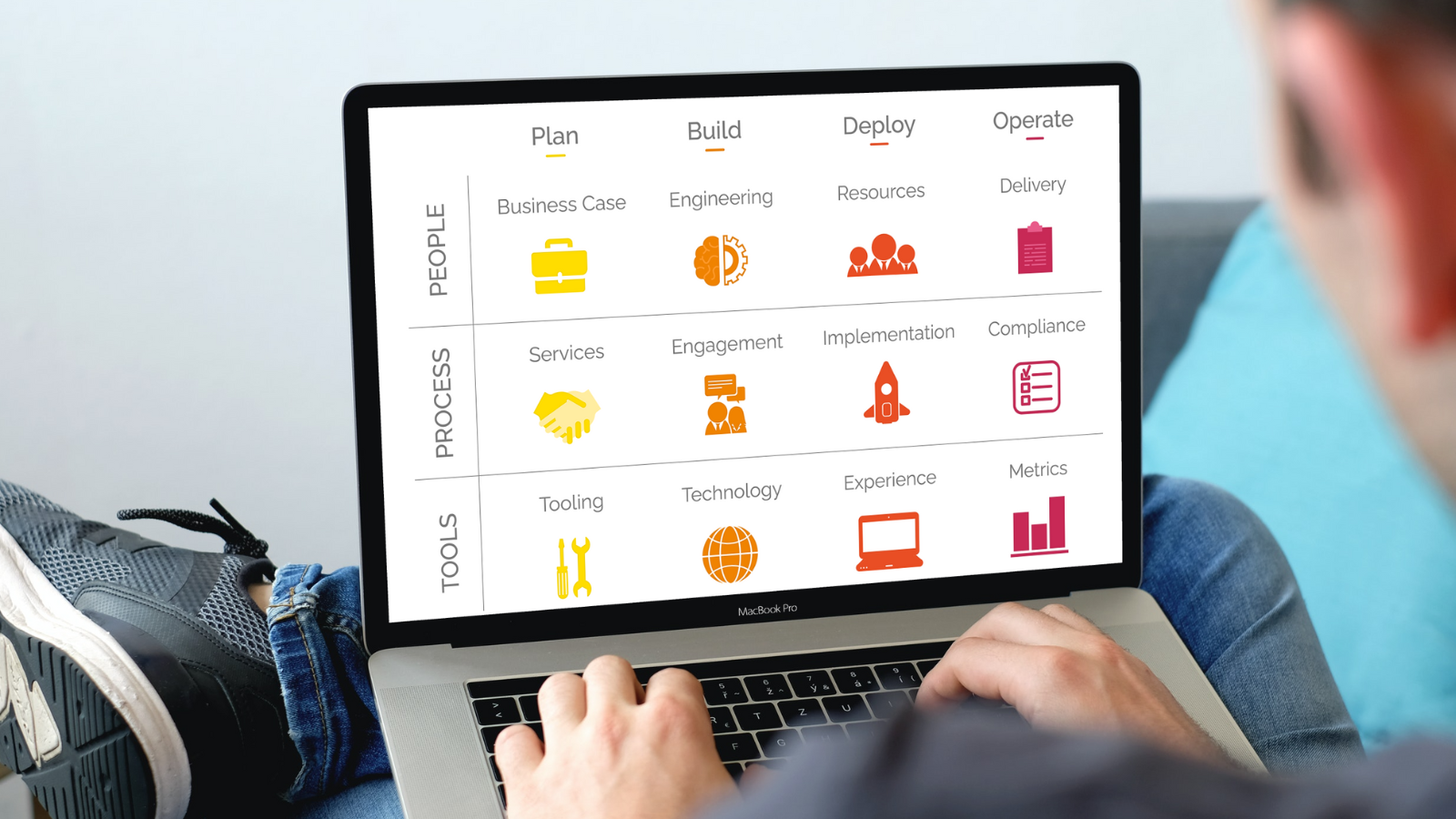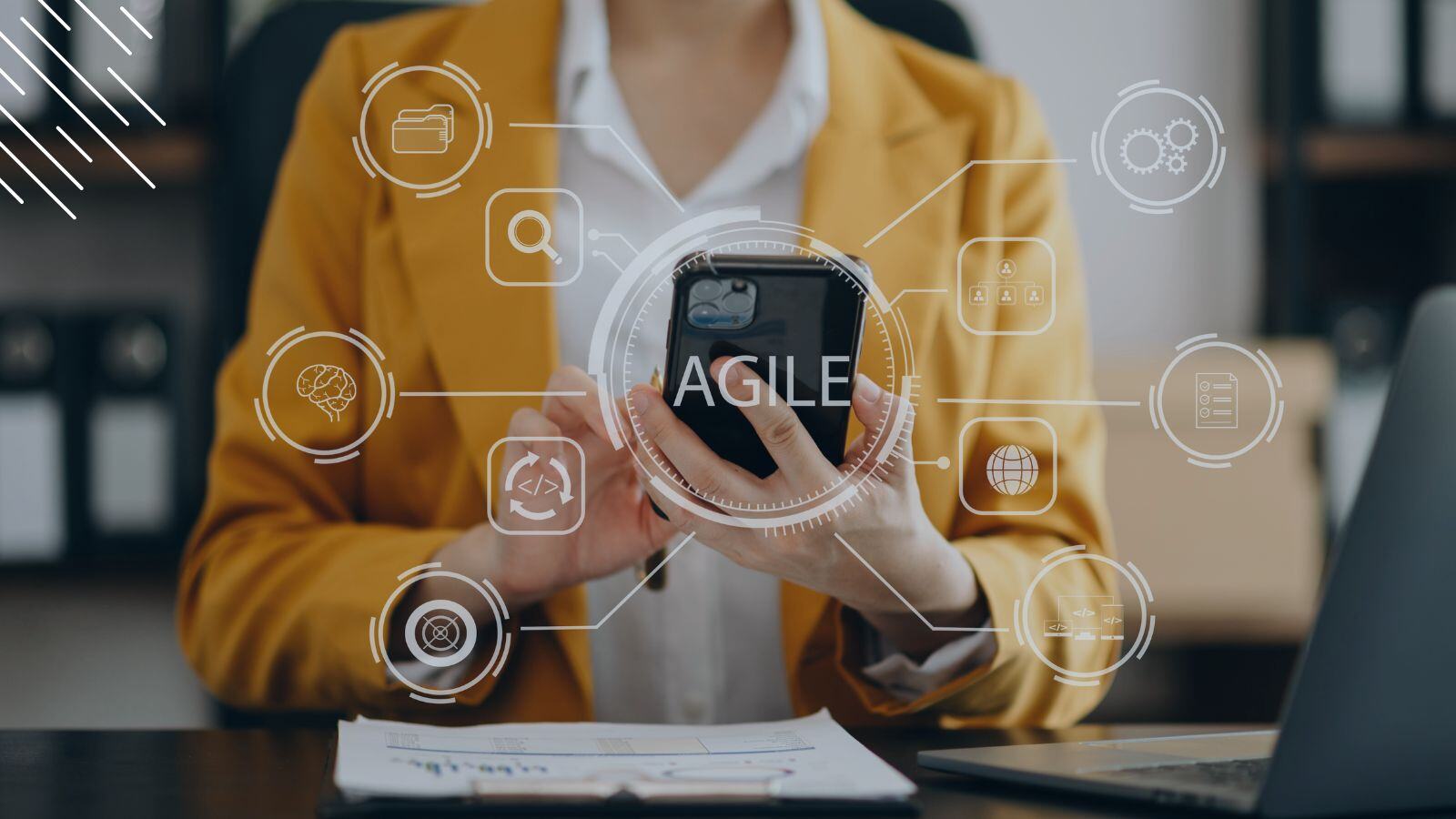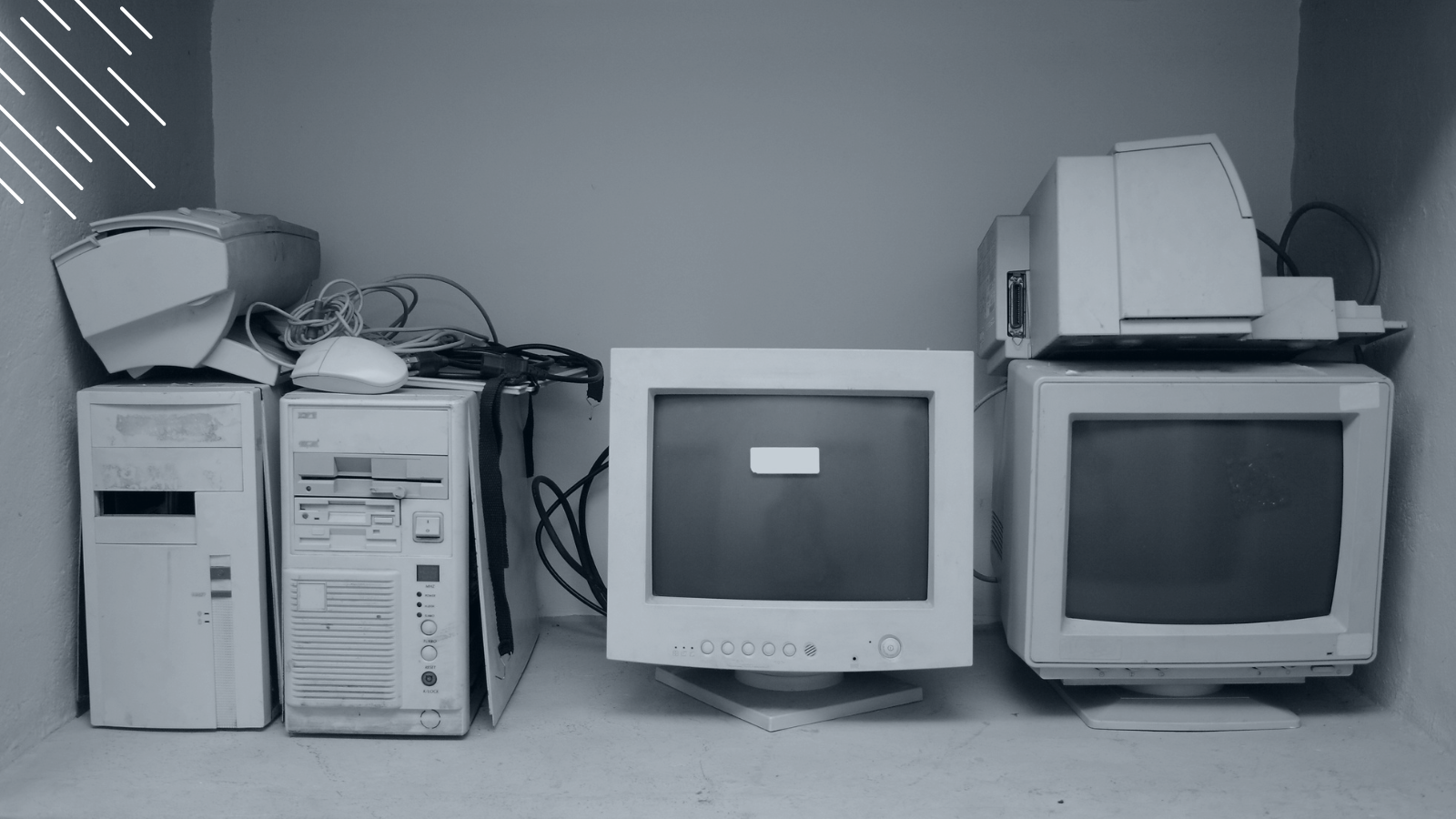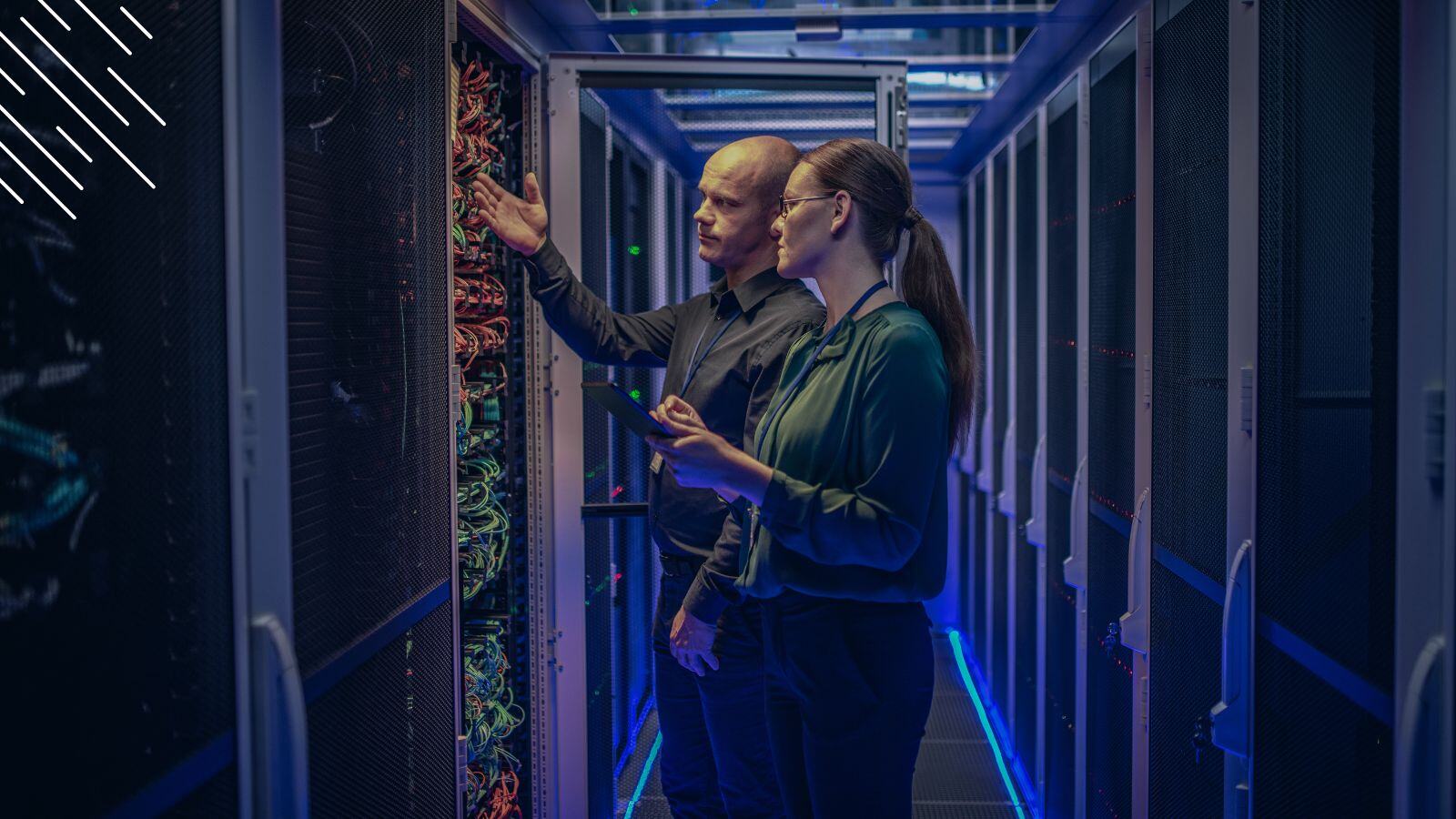Why Evergreen IT Must Be Part Of Your Long-Term IT Strategy
December 7th, 2015
9 min read
By Barry Angell

When we first published this very popular article in December 2015, Microsoft had just launched Windows 10 and, with it, kicked off its Windows 10 Servicing cadence. This caused a lot of anxiety and uncertainty amongst enterprises and large organizations as their tried-and-true big bang migration projects had become a thing of the past.
But equally, a feeling of hope and excitement emerged because this meant smaller, iterative, continuous upgrades resulting in steadier and more predictable workloads, budgets, and capacity needs as well as improved security and increased productivity. The promise of Evergreen IT! And while Evergreen IT is now more important than ever, the reasons why it must be part of your long-term IT strategy have changed in the past years. As the COVID pandemic showed us, Digital Transformation is absolutely critical and Evergreen IT is the technological foundation that makes it all possible.
What Does Evergreen IT Mean? A Definition.
With many IT organizations struggling with inflexible and expensive legacy systems, the promise of an on-demand, self-updating infrastructure offering all the necessary agility, flexibility, and cost-effectiveness seems somewhat like the search for the Holy Grail. And just like the Holy Grail, we need to make sure we know exactly what we are talking about before we go searching for it. There are many different definitions and approaches to the concept of "Evergreen IT".
PWC First Defines Evergreen IT In 2009
The earliest definition of Evergreen IT that I am aware of is by PWC who defined it as the cross-section between on- and off-premise cloud computing and orchestrated provisioning and management. We really like this early definition, as it visualizes the path to achieving perpetual IT management very clearly. "The goal is to transition IT operations from predominantly manual to predominantly automated processes driven by intelligent software. A result is an approach where incremental IT investment no longer creates legacy systems. Instead, each layer of the IT stack can be continually refreshed without worrying about interdependencies between layers." According to PWC, to make this possible, two technological advances are necessary: the use of virtualization to decouple legacy IT’s largely customized technology stack, and the formalization and modeling of data center operations to facilitate automation.
Microsoft: Evergreen IT Refers To Running Services Comprised Of Components That Are Always Up To Date
In an article that has been taken down since its publication, Microsoft's definition of Evergreen IT takes it one step further: "Evergreen IT refers to running services comprised of components that are always up to date. Evergreen IT encompasses not only the services at the user level but all of the underlying infrastructures, whether on-site or outsourced. Many organizations believe that Evergreen IT holds promise for reducing the resources and energy they need to expand on providing the up-to-date and flexible services that their users are demanding."
Juriba's Evergreen IT Definition
Our definition of Evergreen IT is as follows:
Evergreen IT is the perpetual migration / iterative and continuous updates, upgrades, and management of end-user software, hardware, and associated services such as mailboxes, telephony, file storage, and the infrastructure supporting the technology.
It requires a combination of people, processes, and technology to deliver optimal results and involves a budgetary and executive commitment to ensuring that no end-user technology is ever more than N-x (x to be defined by each organization) behind the currently available version within a predetermined time frame.
For hardware, it means that every piece of physical equipment is kept within warranty or lease and is refreshed on a fixed timeline. The process means that the organizational processes for procurement, licensing, scheduling, communications, and deployment are in place and highly repeatable. For this, creating a set of tasks that are repeatable and in constant use will be vital. Or as Gartner Analyst Kleynhans puts it, enterprises must have a "production-line model" of dealing with change.
With regards to technology, this means that the information required to trigger an Evergreen event, such as a hardware replacement or software upgrade, is continually available and updated. Additionally, the technology systems to support the processes identified earlier exist and are understood by every team that interacts with them. The goal is that a real-time understanding of the IT environment and its currency is always available and that, for all hardware or software that is outside of the defined Evergreen thresholds, a project is running to perform the upgrade.
Why Your Organization Needs Evergreen IT
Today, many IT departments are managing diverse, hybrid, and increasingly complex IT landscapes that are partially on-premises and partially in the cloud. Amidst constantly evolving business requirements, IT is tasked with reducing cost and the time required to deliver change to the end users.
However, as most IT landscapes are incredibly complex, the effort required to maintain a constant stream of new productivity and functionality is steadily increasing. The thought of managing the mountain of change can become overwhelming. Evergreen IT process and implementation is the solution to this problem. But organizations will need to adjust their IT strategies and infrastructure to achieve the transformation.
Originally, Evergreen IT was crucial to large organizations as it enabled IT departments to overcome these particular challenges by:
- Smoothing out once-off big bang migration project cycles and associated costs (e.g., a Windows 10 migration project),
- Increasing the competitiveness and flexibility to adjust to business changes by breaking large upgrades into small, iterative, and manageable chunks (e.g., rather than upgrading 60,000 devices at a time, you can refresh 5,000 every month),
- Keeping software up-to-date, secure, and in-warranty (which is even more critically important now than it was back in 2015),
- Providing a framework within which the IT department can operate in an agile manner towards change.
While these reasons are still valid, a lot of other reasons have emerged:
- A lot of enterprises and large organizations have stalled on their Windows 10 Servicing (we see a lot of IT orgs that are stuck on 1809 in particular).
- All aspects of IT now expect some sort of Evergreen IT Management, whether it is continuous application management and rollout, mobile device management, Office 365 ProPlus client rollouts, or many others.
- In order to minimize potential business disruption, many IT organizations need to consider collision detection that enables them to optimize the number of rolled out changes over time.
- Evergreen IT often lives in the Business-as-Usual team who often have no project management experience or dedicated budget/resources to manage this.
- Service integrators are seeing sufficiently growing demand to offer specifically tailored Evergreen IT Management services. Even if you are not planning to outsource these right now, it is important to be aware of them.
- Application compatibility issues can quickly become a bottleneck, holding back your Evergreen IT efforts. Continuous, automated application packaging, testing, and management are required for successful execution.
- Last, but not least, today's IT environments are increasingly complex as they often include multiple OS versions across various environments.
Let's have a closer look at each of the points below.
A Lot Of Enterprises Are Stuck (Especially On Win 10 1809)
Over the past six months, I heard from a lot of larger organizations that they are stuck on an outdated Windows 10 version, especially on Windows 10 Version 1809 (the so-called "October 2018 Update") which lost support on May 11th, 2021 together with the Windows 10 November 2019 Update (version 1909) and April 2018 Update (version 1803). In fact, the well-known analyst firm Gartner confirmed this fact in a conversation with me a few weeks ago.
The problem is that most organizations simply moved onto Windows 10 without putting adequate processes or tooling around it to manage this as a proper Evergreen IT stream. Most planned to do so in the early spring of 2020 when they were going to roll out the next upgrade, but then the COVID-19 pandemic struck and left them scrambling to get all employees working remotely as quickly and as efficiently as possible.
It is crucial to not fall into the same trap again and postpone the strategic move to Evergreen IT again in an effort to move to a supported version of Windows 10 as soon as possible. Instead, take the time initially to plan carefully and then execute efficiently.
Evergreen Is Now In Every Aspect Of IT Management
A lot has changed in the past five years. Now, in addition to Windows 10 Servicing & Lifecycle Management, IT organizations are expected to maintain other areas of IT in an Evergreen IT fashion. For example:
- Office 365 ProPlus / Microsoft 365 Apps for Business Client Updates
- Application Rollouts & Management
- Hardware Refresh & Device Lifecycle Management
- Mobile Device Lifecycle Management
- Internet-of-Things (IoT) Asset Management
This means there are a lot more interdependencies to manage between each of the streams. IT teams now have to time the update cycles to minimize conflicts, which brings us to our next point: collision detection.
Collision Detection & Risk Reduction
Managing multiple Evergreen IT streams can result in a well-oiled machine that happily chugs along or in complete chaos. Today's IT teams now have to touch machines over and over again to upgrade the OS, roll out a new application, update an Office 365 ProPlus client, and so on.
The volume of change is very high, which means the risk of causing serious issues for the end users is very high. This means there is a very fine line between running constant upgrades to increase productivity and causing havoc that results in business disruption. Teams have to bundle together as many changes as possible (e.g., upgrading Windows 10 and Office 365 together) while spreading out the change as much as possible.
This requires careful and proactive planning made possible by the right kind of tooling. For example, with Juriba's Workplace Automation platform, you manage all of your Evergreen IT workstreams in one central command and control center which allows you to coordinate change across multiple projects, drastically reducing risks and business disruption.
Continuous Updates Have Become A Business-As-Usual Function, Often With No Dedicated Project Budget or Resources
Despite the fact that Evergreen IT Management is so crucial and strategic for the smooth running of Modern Workplaces, large companies often bundle these activities into their Business-as-Usual teams who have no project management experience and often even no dedicated budget or additional resources. We have previously spoken about how to build your Evergreen IT team and what implications Evergreen IT Management has on your budget, but it is important to mention this here as we talk about the long-term IT strategy planning!
The Market Is Moving Towards Evergreen IT
So far, we have only talked about enterprises themselves planning their Evergreen IT strategy, but it is important to point out that service integrators are seeing so much demand for these services that they build specific offerings around Evergreen IT. For example, HCL is offering a Digital Workplace service called FlexSpace which is the "industry's first 'Experience-as-a-service' digital workplace consumption model that combines the best-in-class IT services with the best IT hardware to completely redefine the new age workplace experiences."
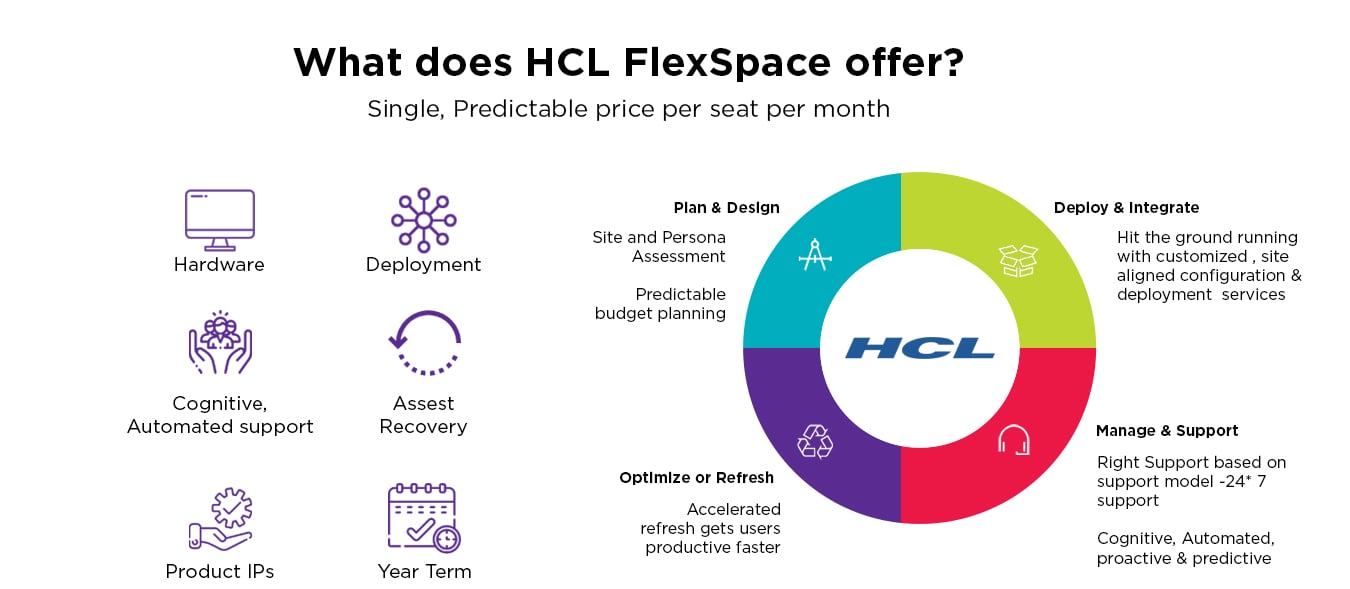
Another example is Wipro Central Application Readiness Suite (CARS) which offers a single platform for application assessment as well as automated testing, remediation, and packaging services. The goal is to ensure "that all your applications are always compatible with the latest version of Windows 10, and users are always productive. CARS is not just an Evergreen platform, but is automated, scalable, agile, and cost effective."
Continuous Application Management
With such a high velocity of change, it is no wonder that application management is always cited as one of the bottlenecks on the road to IT Transformation as well as Evergreen IT. But it is also the applications themselves that require constant management. With 24.7% of the overall IT budget, software spend is the biggest bucket IT organizations have to budget for. But with an estimated 30% wasted spend, organizations have huge room for improvement.
In addition to the need for tighter application management in general, the fact that IT organizations are managing multiple Evergreen IT streams in parallel requires constant application packaging and testing that is integrated with and can trigger smart workflows in your Evergreen IT management tooling.
Rolling Out Change Across Increasingly Complex Environments
In addition to constant application packaging and testing needs we also need to consider that we are not rolling out only one new Windows update at a time across a physical environment only. Today's environments are so much more complex. You most likely will have to manage two or three different versions of Windows across multiple environments that could be partly running on physical hardware, internal Virtual Desktop Infrastructure (VDI), Azure Virtual Desktop (AVD, formerly known as Windows Virtual Desktop), Citrix, and many other platforms. This all needs to be carefully and strategically managed (e.g., through right-sizing).
Challenges & Hurdles To Achieving Evergreen IT
Now that we have examined all of Evergreen IT's benefits, we must address the challenges and hurdles that you will encounter on your path to Evergreen IT. Reaching Evergreen IT is by no means easy. Evergreen IT will only be successful if the company undergoes a company-wide organizational shift towards managing processes efficiently and fluidly. This is crucial.
Generally, companies with a flat hierarchy, short approval processes, and a corporate culture that quickly adapts to change are the best fits. Having said that, the #1 success factor for Evergreen IT is executive buy-in, as this IT shift requires not only a significant change in thinking but also more upfront investment before the costs will decrease. There is also a cultural shift that needs to happen. There is a lot of apprehension around the thought of continuous updates and possible loss of control. Evergreen IT is a concept that must be grown into, not switched on overnight.
There are many processes (e.g., procurement, license management, asset management, service requests, and service integration) that will need to be redesigned to support the much more frequent needs for managing your IT landscape on a continuous basis. You also need rock-solid vendor relationship management, including a central place to store all the end-user states (current state vs. available state). From a technical perspective, this means you will need to ensure you are on top of your asset information at all times and be proactive rather than reactive!
Conclusion
As IT landscapes become increasingly complex and harder to manage, big bang migrations and ad-hoc hardware refreshes are no longer a feasible option. Evergreen IT will become the norm and organizations will maintain their on- and off-premise infrastructure and applications. IT departments must begin paving the way to achieve Evergreen IT in order to stay competitive, prevent data breaches, and remain flexible to react to changes in their business requirements.
This will not only require a shift in thinking and organizational structures/processes, but also the technical ability to surface all end-user assets with a central command and control center, like Dashworks, which builds on one version of the truth to initiate and track thousands of end-user change events.
Are you concerned about how Evergreen IT will impact your organization? Do you have questions about how to best implement Evergreen IT in your organization? Schedule a no-strings-attached 60-minute consultation with one of our specialists to discuss your IT plans for the future, and leverage our more than a decade-worth of experience gleaned from successfully migrating millions of assets. Simply click below to schedule your consultation.
Want to download this article as a PDF?
No problem. Simply fill out the form below and you will be able to download the PDF version of the article right away.
[This article was first published in December 2015. Last update: June 2021.]
Barry is a co-founder of Juriba, where he works as CEO to drive the company strategy. He is an experienced End User Services executive that has helped manage thousands of users, computers, applications and mailboxes to their next IT platform. He has saved millions of dollars for internal departments and customers alike through product, project, process and service delivery efficiency.
Topics:




![What is a Digital Workplace? [Definition]](https://blog.juriba.com/hs-fs/hubfs/What%20is%20a%20Digital%20Workplace%20%5BDefinition%5D.jpg?width=1600&height=900&name=What%20is%20a%20Digital%20Workplace%20%5BDefinition%5D.jpg)

